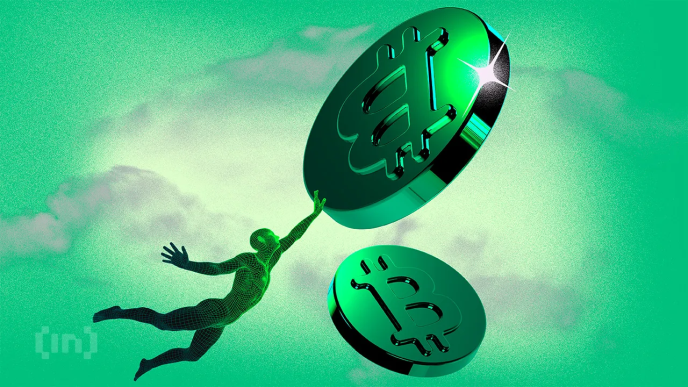Ethereum developers are preparing for the network’s second major upgrade this year, known as Fusaka, set to go live at the end of November or beginning of December, pending final testnet results.
Fusaka — a blend of the names Fulu and Osaka — consists of two simultaneous upgrades to Ethereum’s consensus and execution layers, respectively.
The upgrade is focused on making the Ethereum blockchain more scalable and efficient, and should benefit institutions and users as transaction costs on rollup networks should fall further, while operating nodes should become less cumbersome and expensive for newcomers looking to run nodes.
Fusaka includes 12 major code changes, or Ethereum Improvement Proposals (EIPs), that together aim to boost data capacity, lower costs and streamline validator operations.
One of the most significant additions is EIP-7594, or PeerDAS (Peer Data Availability Sampling), a system that allows Ethereum validators to verify data availability by sampling small pieces of it instead of downloading everything. That change enables the network to handle far more rollup data (“blobs”) per block, paving the way for cheaper Layer 2 transactions and greater throughput without compromising decentralization.
Fusaka could make it easier for newcomers or smaller players to operate on Ethereum, rather than cutting costs for those already running large validator fleets. The upgrade’s efficiency changes mean that entities running only a few validators — or none at all — could find it simpler and less resource-intensive to start or maintain nodes. However, institutions with extensive node operations, like staking pools, won’t see major cost savings.
VanEck, a prominent asset manager, has said Fusaka will be significant for users, arguing that it will lower costs for rollups and make Ethereum more efficient for large players. Because validators won’t have to download every data blob in full (thanks to PeerDAS), bandwidth and storage demands drop, which means institutions running full nodes or node clusters will see lower infrastructure cost.
The firm also says Fusaka reinforces ETH’s role as a store of value and settlement asset, since transaction fee revenue at the base layer may shrink as more activity shifts to rollups, but ETH becomes more central in securing and validating that activity.
The other 11 changes in Fusaka are smaller but still important; things like fine-tuning how transaction fees are calculated, setting clearer limits on block size and adding new tools for developers that make Ethereum apps run faster and work better with standard internet security systems. Collectively, they make Ethereum’s base layer more predictable, flexible and compatible with mainstream cryptography standards.
After Dencun last year and Pectra earlier this year, Fusaka continues Ethereum’s rapid cadence of upgrades designed to make the network more scalable and enterprise-friendly.
Fusaka has already gone through a first test run on October 1, and will see two additional tests on October 14 and 28, before core developers decide to ink in a date for mainnet.
Developers say Fusaka is supposed to set the stage for additional changes in 2026, in the upcoming Glamsterdam upgrade. That hard fork is set to focus on introducing enshrined proposer-builder separation — a change that would make Ethereum’s block production process more secure and transparent.
Read more: Ethereum’s Fusaka Upgrade Passes Holesky Test, Moves Closer To Mainnet
Source link
Margaux Nijkerk
https://www.coindesk.com/tech/2025/10/08/ethereum-s-fusaka-upgrade-could-cut-node-costs-ease-adoption
2025-10-08 15:33:00












